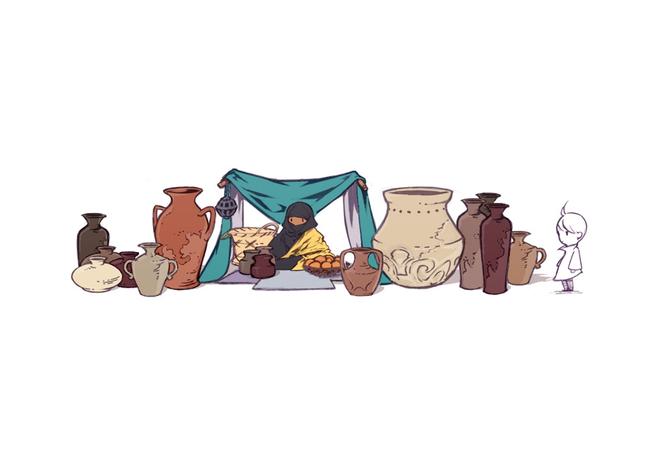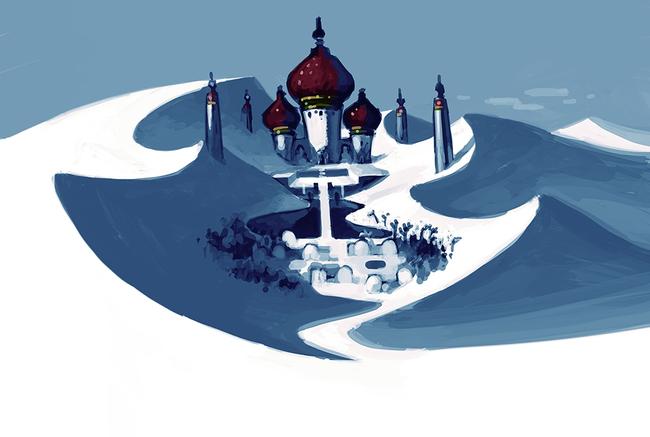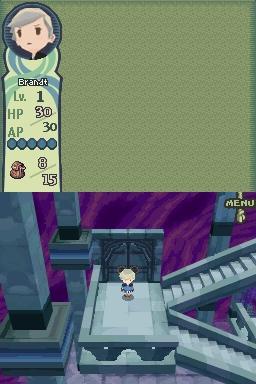
Tales of Symphonia: Dawn of the New World Review
If there is one downside to being a fan of the role playing genre, it is the lack of direct sequels. Sure, there have been bad sequels, but to me it has always been a little sad to spend hours growing attached to the cast and exploring the world of a great game, only to never see them again when you reach the conclusion.
With that in mind, imagine my delight when Tales of Symphonia: Dawn of the New World was announced – a sequel to one of my favourite games of all time. Having finally had the chance to play it after an agonisingly long wait, I can confirm that while it may not be everything that was hoped for, it is still a very good game.
The first and most obvious positive is the premise. The first game ended in typical RPG fashion – with the assumption that the world was now at peace and everyone would live happily ever after. The sequel shatters that by inviting us to explore a world whose people are suffering perhaps more than ever before.

Not only is that a far more realistic depiction of what would happen after the events of the original but it links the two together in a way an entirely new crisis could not have done. Add to that the revelation that someone from the previous game is apparently responsible for at least part of that suffering and you have a compelling mystery that drives half of the main plot forward.
Then there is the simple joy of returning to that world. Most of the locations that were present in the first game are exactly the same as they were before just with improved graphics, which is fine by me. They were beautiful before and are even more so now.
There are also enough new locations and updates to places that need them – such as the town you are living in at the start of the game – to make the world feel alive. There are a few missteps, though; it was definitely a mistake to remove the world map, and the only town that has changed significantly without a genuine reason should have been left untouched, as it is not an improvement.
The same can be said of the sound. The soundtrack is primarily the same as before, with a few minor rearrangements and new tracks scattered here and there, which is once again fine by me. The music was one of the most impressive aspects of the original game and it works again here. The only bad piece of music is the new sleep music, which has been changed for no apparent reason and is not even remotely soothing or relaxing.

Then we have the voice cast, who for the most part maintain the run of brilliant acting in the Tales games. The two new lead characters, Emil and Marta, have been provided with voices that suit their personalities perfectly, while those actors that worked on the first game and have returned to their roles are even better than they were before.
Alas, the majority of the returning characters are now voiced by new actors. While most of them suit their roles, one or two of them are truly dreadful and will stand out whether you are familiar with what they sounded like in Tales of Symphonia or not. For those of you that are, you will become accustomed to many of them but those few will really hurt your enjoyment. On the plus side, you are never with them for very long.
The battle system, as must be considered a tradition of the Tales series at this point, can be either a very deep experience or an exercise in button bashing depending on how you choose to play. The biggest addition to that battle system is the ability to include the monsters you encounter in your party.
When you defeat them in battle, you can make a pact with the monster and from then on you can use them in your battle party. There is a limit on how many you can travel with at any one time, but you can put over two hundred of them into storage. It is deceptively simple and you may well find yourself sinking hours into improving their stats and skills.
.jpg)
Very much linked to the monsters are the Centurions, elemental representatives that you gather throughout, and unfortunately they are perhaps my biggest problem with the game. My reason for disliking them is because beyond their element, they also represent an astonishing lack of effort from the writers.
In the first game, the heroes were searching for the eight Summon Spirits; in the sequel, they are on a quest to find the eight Centurions. Not only do those Centurions represent the same eight elements as their Summon Spirit counterparts, the game makes no bones about the fact that they are to be found in exactly the same locations. Frankly, that is a laziness that borders on the insulting.
Still, the dungeons they are found in are expanded enough to make them interesting again, and the addition of Centurions did give us Tenebrae, the Centurion of Darkness and one of the main cast, who is simply brilliant. Honestly, he may well be among my five favourite characters from the entire series.
Of course, no review of a Wii game can get away with not mentioning the controls, though Dawn of the New World doesn’t really break any new ground. Movement is controlled with the Nunchuk while options of every kind are selected with all the usual buttons, meaning it isn’t much different to using a regular controller.

The Wiimote is, however, necessary for one or two mini-games and also for aiming the Sorcerer’s Ring, a staple of the series that has returned once more. The controls work just fine in all these situations, with the only problem coming in battle when response is occasionally a little on the slow side.
In the end, it seems we have a tale of two games, where practically every aspect of the experience has both its good and bad points. Thankfully, the good mostly outweighs the bad. Even my disappointment at how short the main plot is can be countered by the knowledge that telling a compelling story is far more important than runtime.
Sure, it does feel slightly rushed at first when you are constantly rolling in money and in a new town updating your weapons seemingly once an hour, but you eventually get caught up in the momentum. As for the money issue, you are still limited to 20 of any one item, so you cannot simply stockpile your way through the game.
As with any game, whether or not you will like this one depends upon what type of gamer you are. However, if like me you are a fan of the original, the Tales series, or JRPGs in general, I cannot see any reason why you will not find a lot to love about Tales of Symphonia: Dawn of the New World.